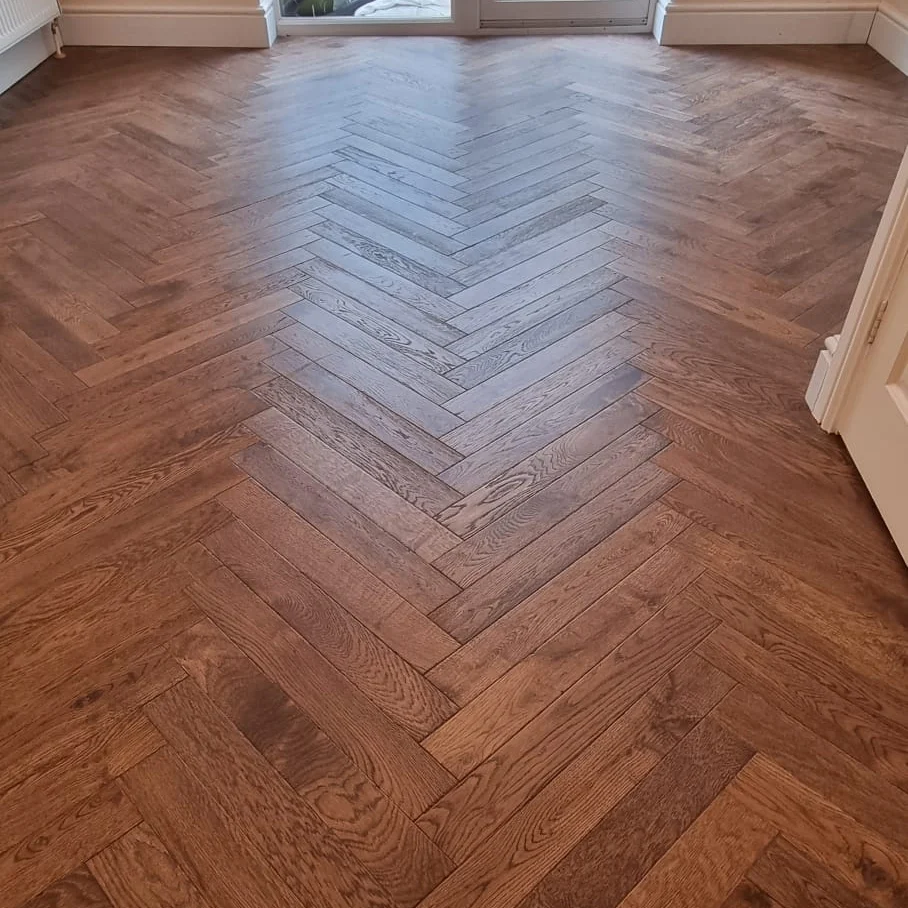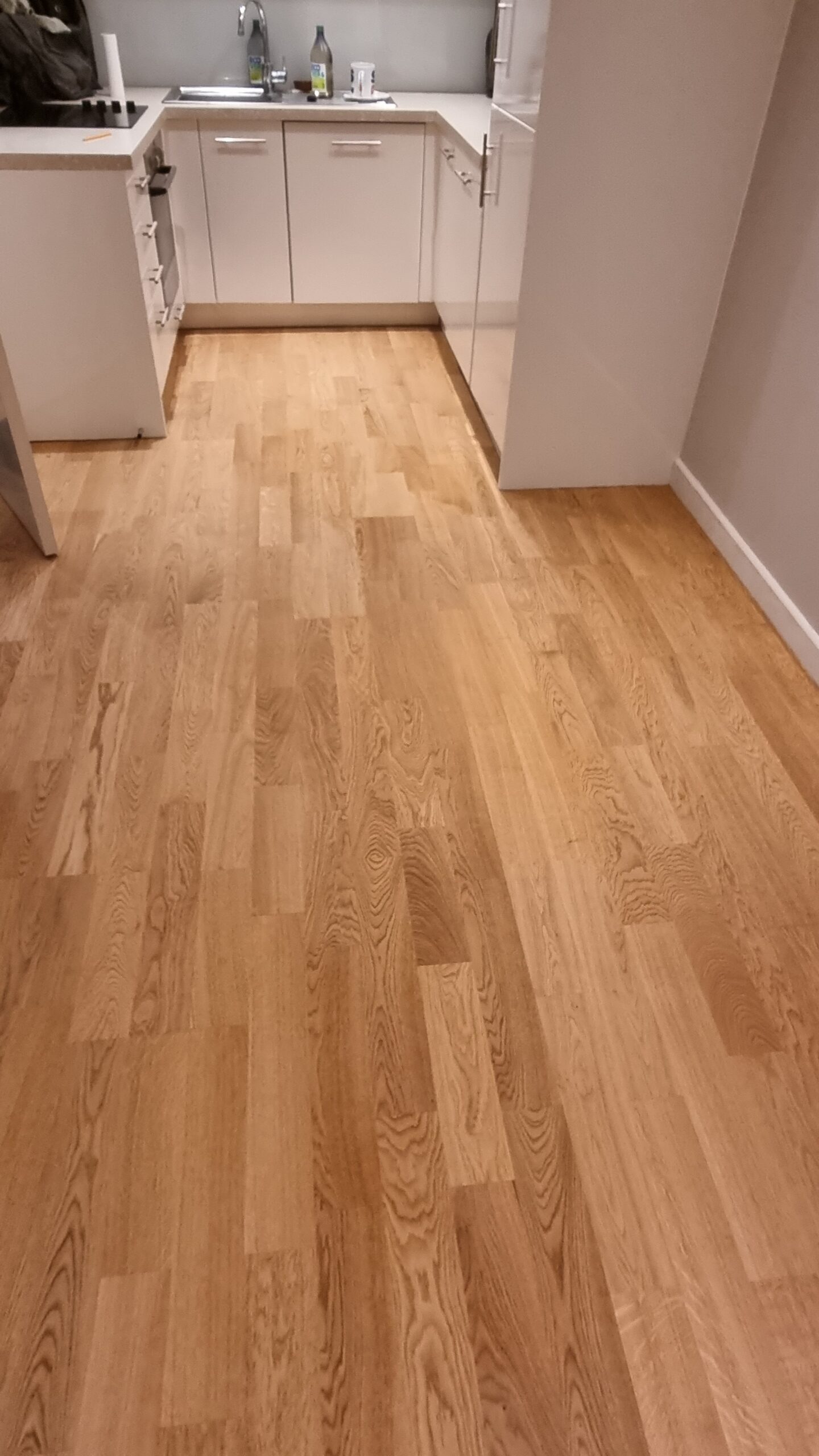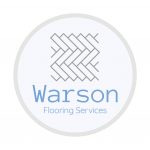Wood Flooring
Wood flooring comes in 2 main types: Engineered and solid. Both have their perks and require almost identical care and treatment. Their costings are also very similar. This is due to the fact that the hardwood component is the most expensive part, the wider and longer the boards the more expensive because suppliers have to locate larger pieces of timber without defects which are rarer. Wood flooring comes in 2 grades A/B and rustic. Grade A/B are planks where all the wood is straight grained and is almost free from knots having a more uniform characteristic, this does however make the flooring more expensive.
Rustic is where the planks have a mix of straight/curly grains and a moderate amount of knots, giving the flooring a more natural, farmhouse look. Oak, Ash Cherry and Maple.
If you are considering having a wood floor in the kitchen, please be sure to have the end panels put on after the floor is laid to allow the neatest finish as all wood flooring needs at least a 10mm gap for seasonal expansion.
Solid wood Flooring
Solid Wood is as it sounds, Solid. This is where the surface wood goes throughout the plank and usually has a minimum thickness of around 15mm but can go as high as 21mm meaning that you have 5mm-7mm of sanding and refinishing before you reach the tongue and groove and then have to replace the flooring.
Solid wood flooring is slightly less stable than engineered wood and is more likely to twist and bow with time if it is in an area with high temperature and humidity changes like conservatories or kitchens.

Engineered wood
Made up of four layers: a stabilising back layer, a core layer made of three options, HDF, plywood or softwood, the solid wood veneer, and an oil or lacquer finish. Lacquer finished floors offer more protection than oiled finishes.
Due to its many layers, engineered wood is highly unlikely to warp. It is an ideal choice for living spaces, conservatories, basements, hallways, and stairs. It also works well over underfloor heating, but make sure you have a Damp Proof Membrane (DPM) in between.


Engineered wood flooring
Made up of four layers: a stabilising back layer, a core layer made of three options, HDF, plywood or softwood, the solid wood veneer, and an oil or lacquer finish. Lacquer-finished floors offer more protection than oiled finishes.
Due to its many layers, engineered wood is highly unlikely to warp. It is an ideal choice for living spaces, conservatories, basements, hallways, and stairs. It also works well over underfloor heating, but make sure you have a Damp Proof Membrane (DPM) in between.
Engineered wood flooring is a type of flooring made from multiple layers of wood bonded together with adhesive. The top layer is a thin layer of solid hardwood, typically around 2-6 mm thick, which gives the floor the look and feel of real wood. The bottom layers are made from a variety of materials, such as plywood, MDF, or HDF, which provide stability and support.
Solid wood flooring is the classic kind, made from planks cut directly from tree trunks. Each plank is a single piece of solid wood, offering a unique grain pattern and the undeniable warmth and beauty of natural wood.
